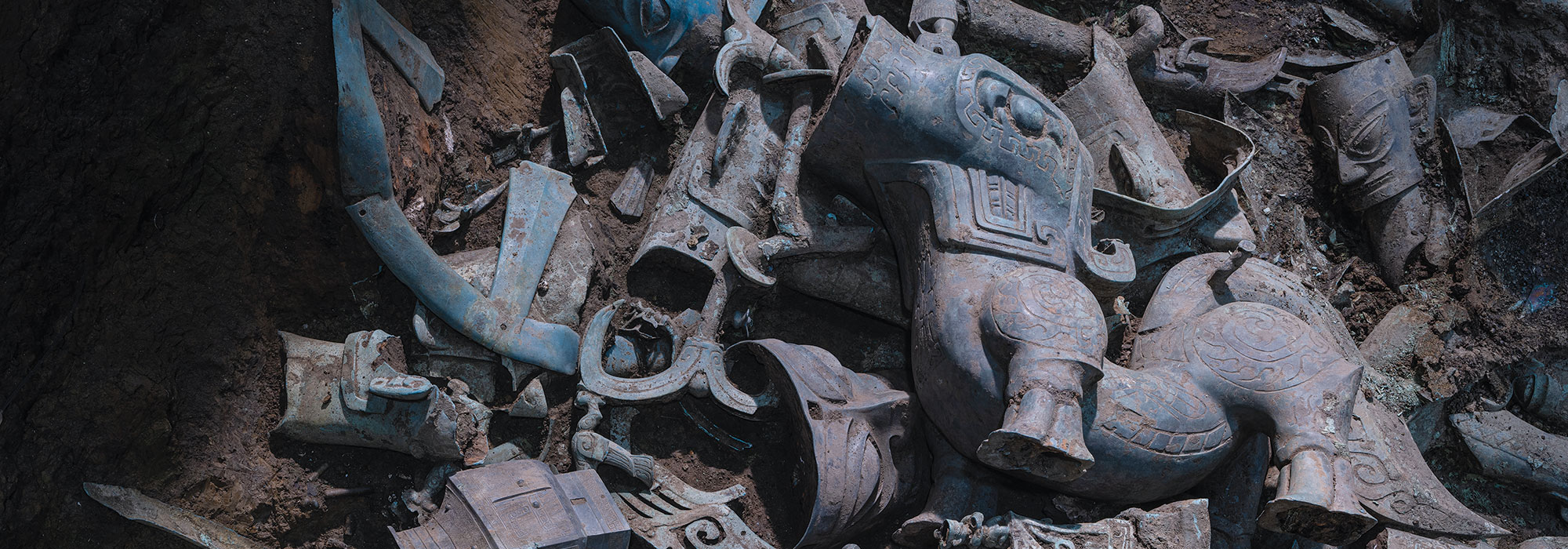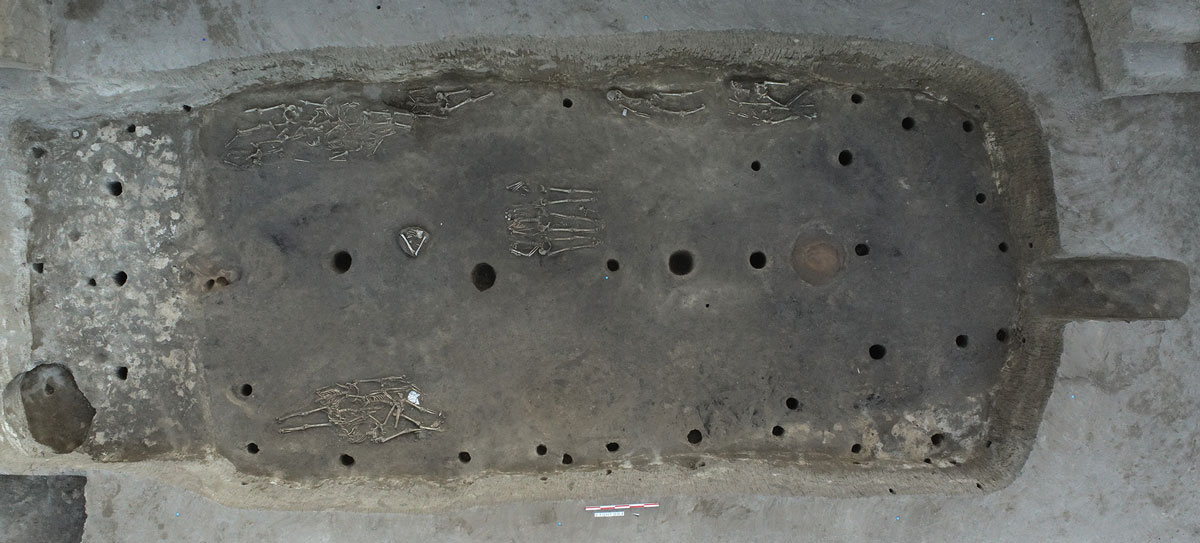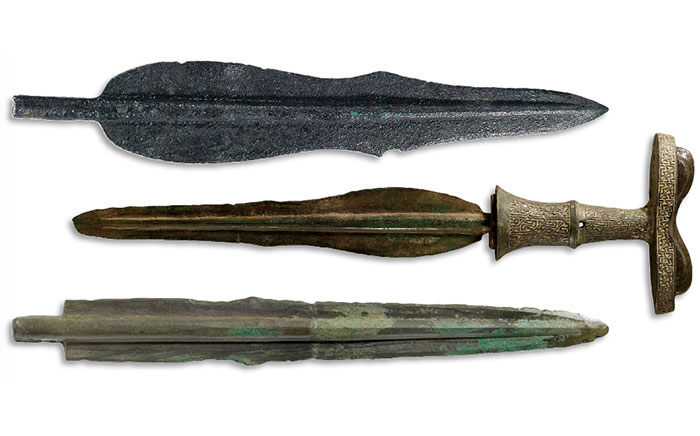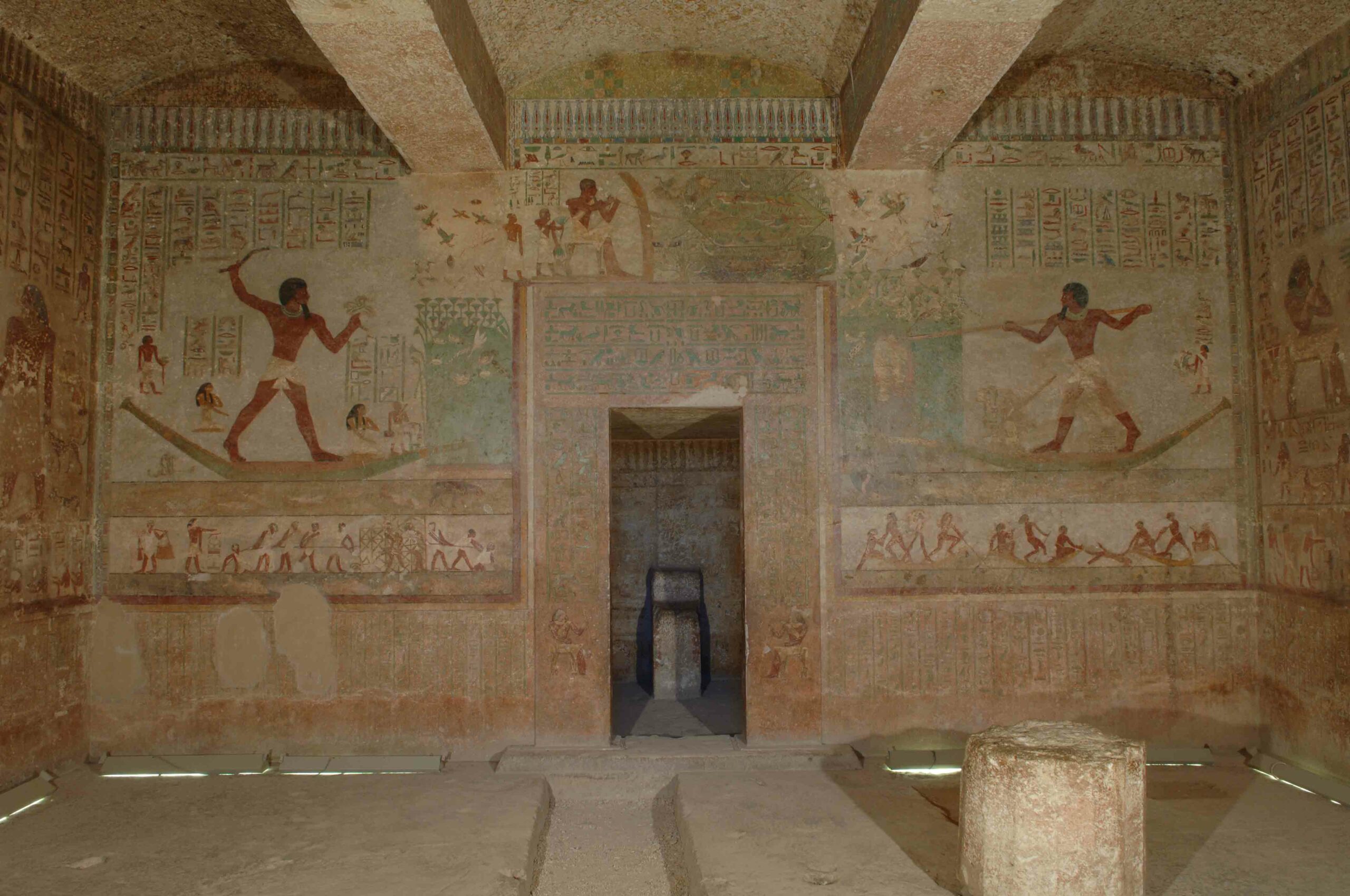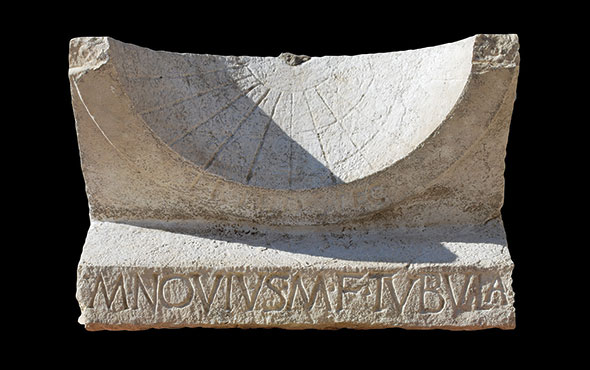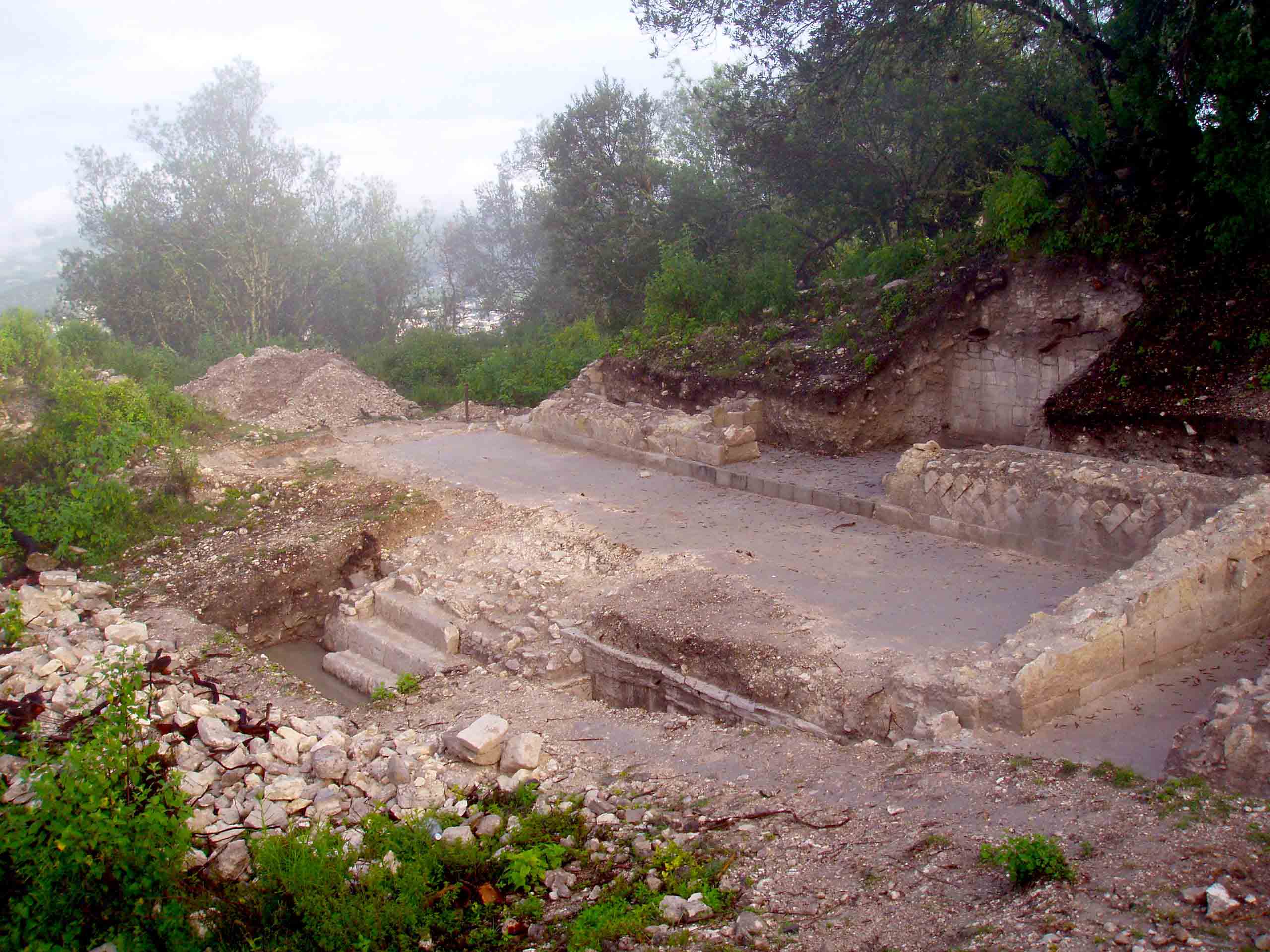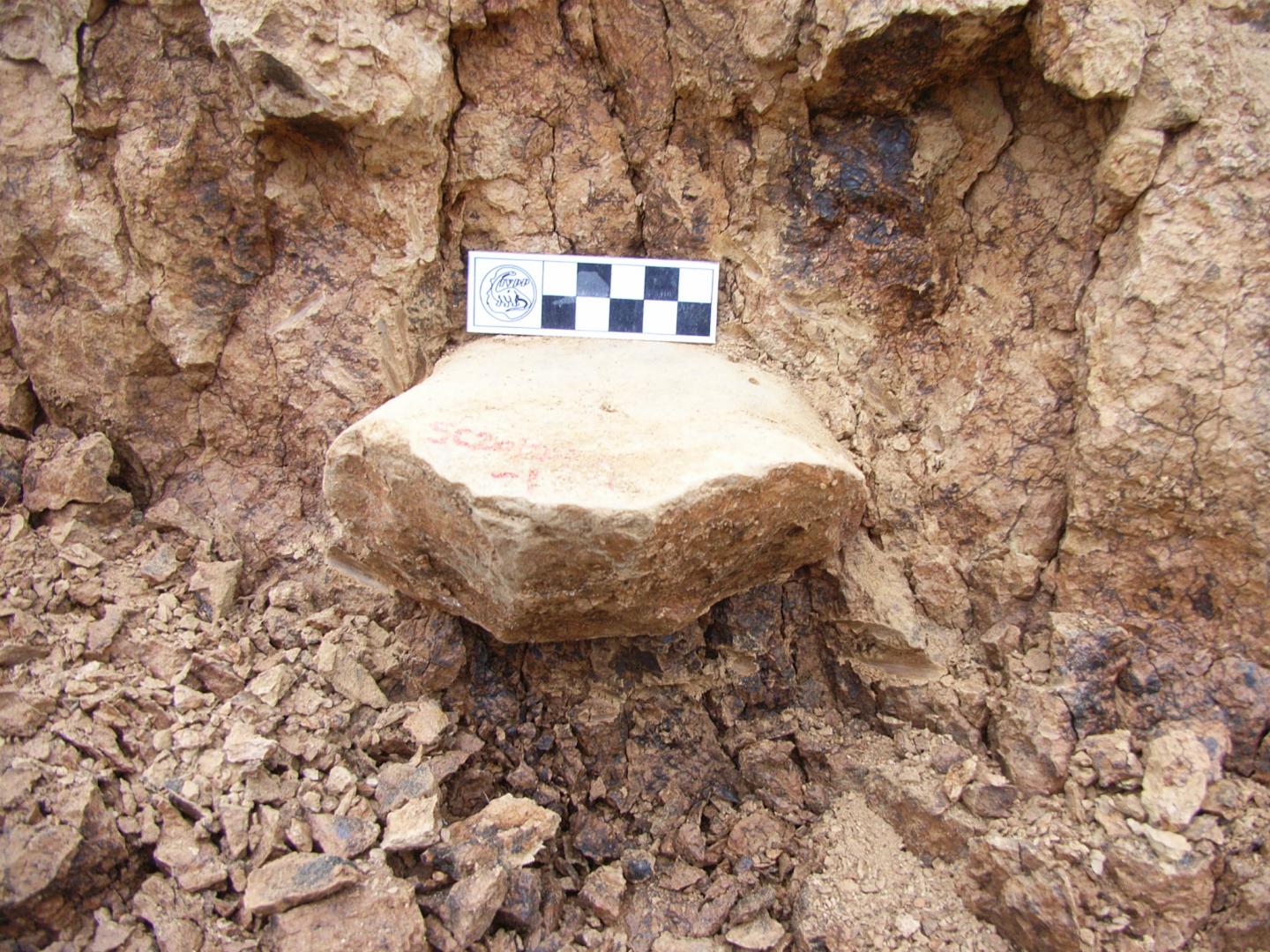
EXETER, ENGLAND—According to a report in The Atlantic, tools made by human ancestors some 2.1 million years ago have been discovered in northwestern China by an international team of scientists led by archaeologist and climatologist Zhaoyu Zhu of the Chinese Academy of Sciences. The tools are thought to have been made by Homo erectus or Homo habilis, but no hominin fossils have been found at the site. “Very importantly here, there are no geological processes that could have flaked these stones,” said researcher Robin Dennell of the University of Sheffield. “The Loess Plateau is a stone-free landscape—it is basically an enormous deposit of wind-blown dust, deposited year upon year by the winter monsoonal winds for the last 2.5 million years.” Prior to this discovery, evidence for the earliest known ancient human presence outside of Africa had come from Dmanisi, Georgia, where a 1.85 million-year-old Homo erectus fossil was found. To read about the early presence of Homo sapiens in China, go to An Opportunity for Early Humans in China.



